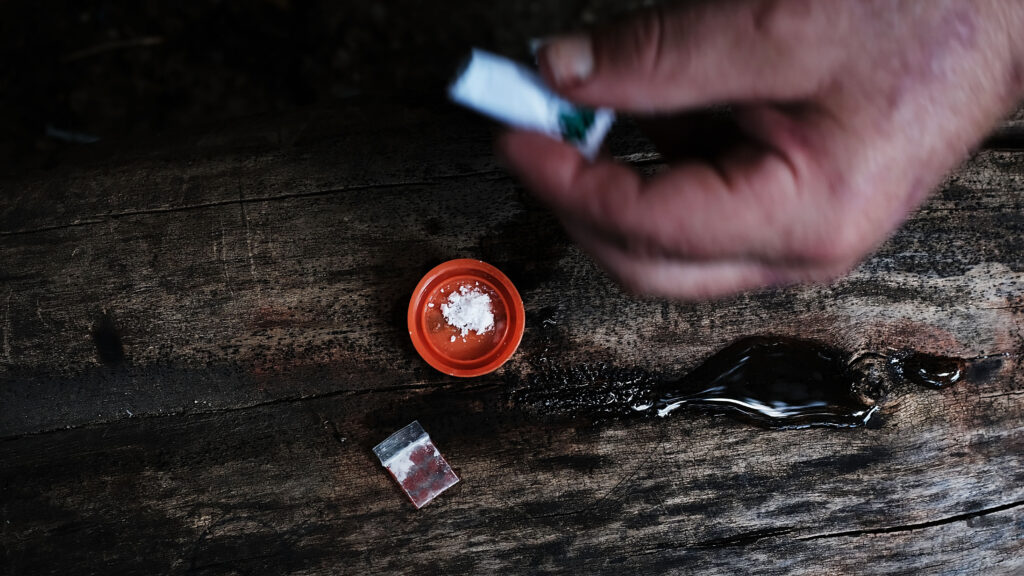No medication is approved to treat addiction to either methamphetamine or cocaine. But the Food and Drug Administration is taking steps to fill that glaring gap in addiction medicine.
The agency on Wednesday issued draft guidance that encourages drug manufacturers to develop new treatments that could help treat addiction to meth, cocaine, or prescription stimulants. While the country’s current drug overdose crisis is largely driven by opioids, stimulant use has skyrocketed in recent years. An increasing share of drug deaths are now attributed to a combination of opioids and stimulants, or, in some cases, stimulants alone.
advertisement
The FDA’s move comes amid increased recognition of the threat posed by stimulants, and the continued lack of medication options available for health providers hoping to treat stimulant addiction or individuals seeking to reduce their own drug use. Certain medications, the agency said, could be eligible for expedited approval pathways given the urgency of the crisis and the lack of other treatments.
“Currently there is no FDA-approved medication for stimulant use disorder,” Marta Sokolowska, the deputy director of the substance use unit within FDA’s Center for Drug Evaluation and Research, said in a statement. “When finalized, we hope that the guidance will support the development of novel therapies that are critically needed to address treatment gaps.”
Developing medications to treat stimulant use is a daunting task. Beyond a handful of trials that emphasize the use of monoclonal antibodies to bind to methamphetamine molecules and prevent them from binding with brain receptors, there are markedly few medications under development meant to help people reduce stimulant use or fully achieve abstinence.
advertisement
And, as the FDA noted in its guidance, stimulant use is highly varied. Between cocaine, meth, and prescription stimulants, people use the drugs in different combinations and amounts, and by different methods, including snorting, smoking, and injecting. The agency is encouraging trial sponsors to study people who use cocaine, methamphetamine, and prescription stimulants separately.
Given the challenges of treating addiction and stimulant use in particular, the FDA said, trials would likely need to observe patients for as long as six months, with the goal of demonstrating positive results for three months or longer.
Notably, the agency also expressed openness to trial endpoints other than complete abstinence from drug use. Many addiction medications commonly use a complete cessation of drug use, as measured by a urine drug test, as an endpoint to demonstrate efficacy.
Increasingly, however, some researchers and public health officials have argued that helping high-risk individuals reduce their drug use to moderate levels is at least as important as helping moderate-risk individuals stop drug use altogether.
“We have previously advised that a sustained period of negative urine toxicology findings, indicating abstinence, could be a valid surrogate for clinical benefit,” the agency wrote in its guidance. “However, FDA does not, and has not, advised that the only appropriate endpoint based on urine toxicology results is the number of subjects achieving complete abstinence.”
But there is consensus, the FDA said, that other endpoints like the number of uses per day or the quantity being used are so difficult to measure that they are “impractical” for use in a clinical trial. Instead, the agency suggested, measuring the number of days an individual does not use in a given period could serve as a meaningful measure of whether a medication treatment is working.
The agency will accept comments on its draft guidance for the next two months before finalizing the document.
STAT’s coverage of chronic health issues is supported by a grant from Bloomberg Philanthropies. Our financial supporters are not involved in any decisions about our journalism.

